When Emma Keswick and her husband Simon bought Rockcliffe House and the surrounding farmland in 1981, there was no garden to speak of. The house was surrounded on three sides by undulating Cotswold farmland and, because for the first eight years the couple were living abroad, carving out the garden was a gradual process.
But during return visits Emma, who trained in garden design at Merrist Wood (and is currently working on a re-design for the first Maggie’s Centre in Edinburgh), started to create the structure. She planted evergreen hedges and topiary, built walls and laid Yorkstone paths to make a series of interconnecting areas. At the tranquil heart of the garden is a wide, closely mown lawn framed with two lines of beech obelisks. On either side, areas of profusion, in controlled colour schemes, create an immaculately tended garden of great beauty.
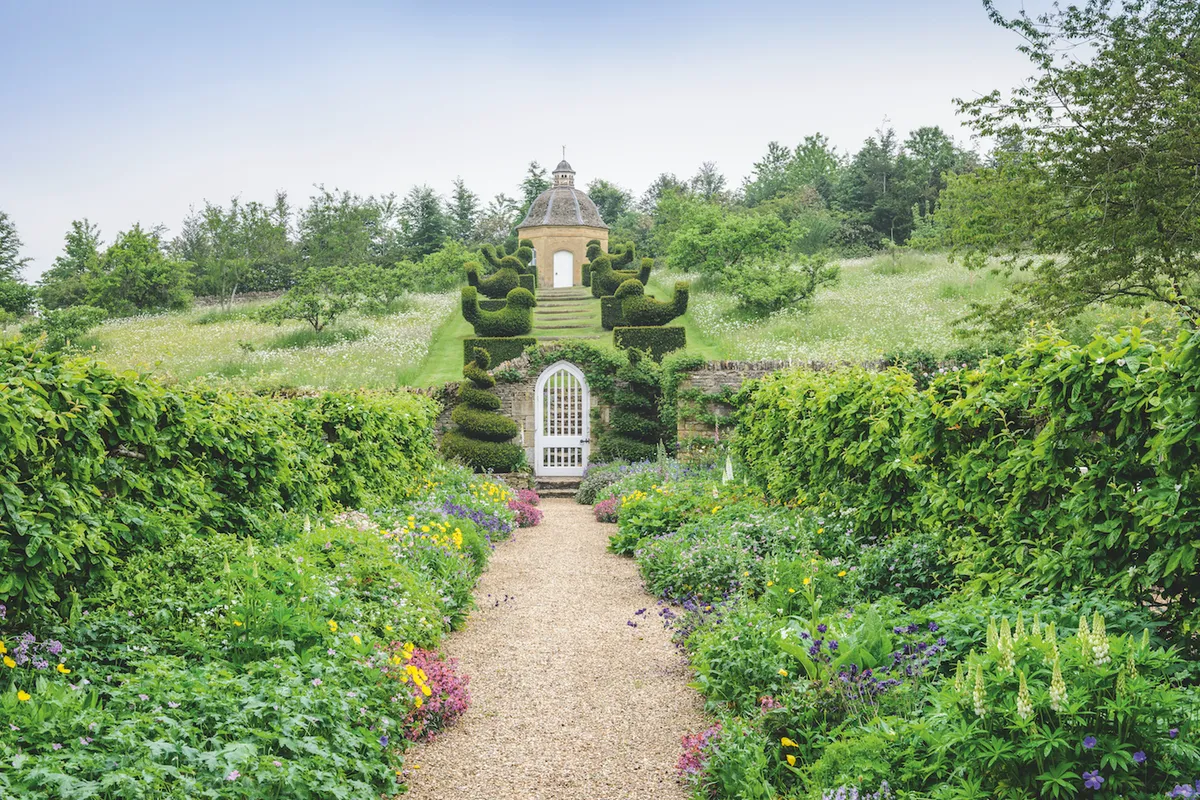

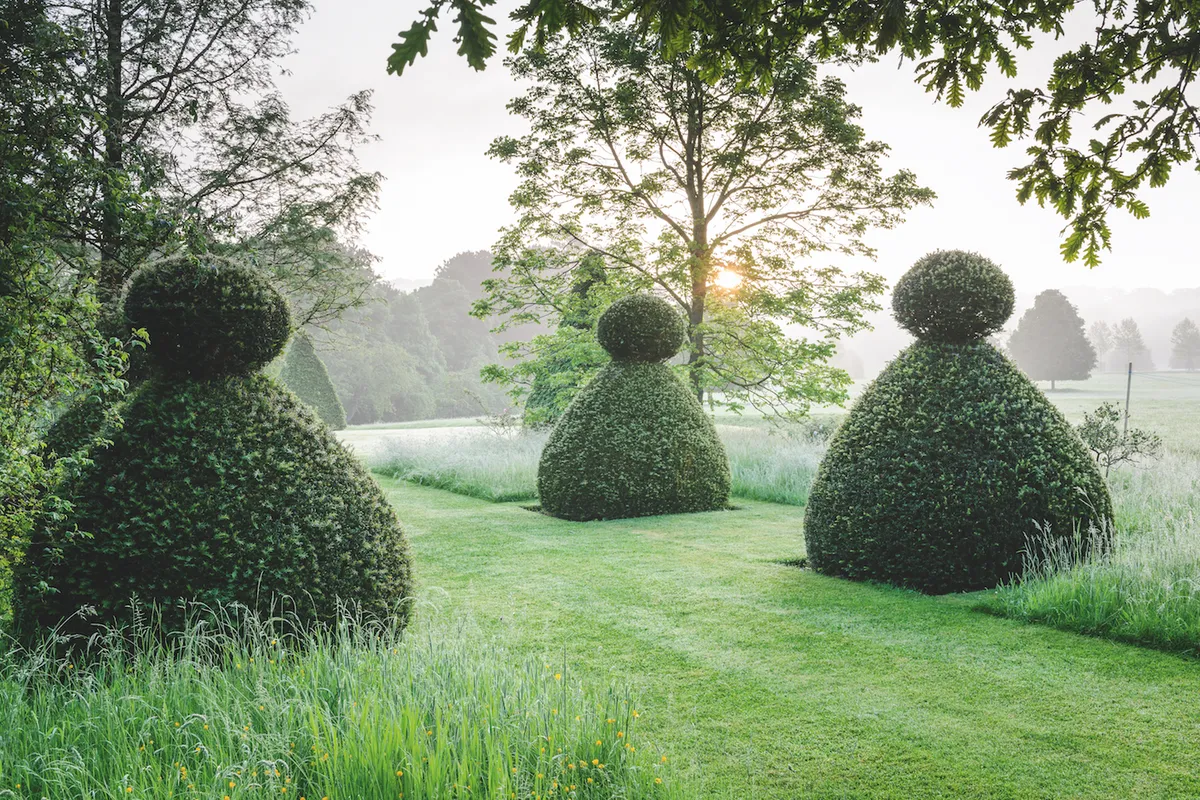

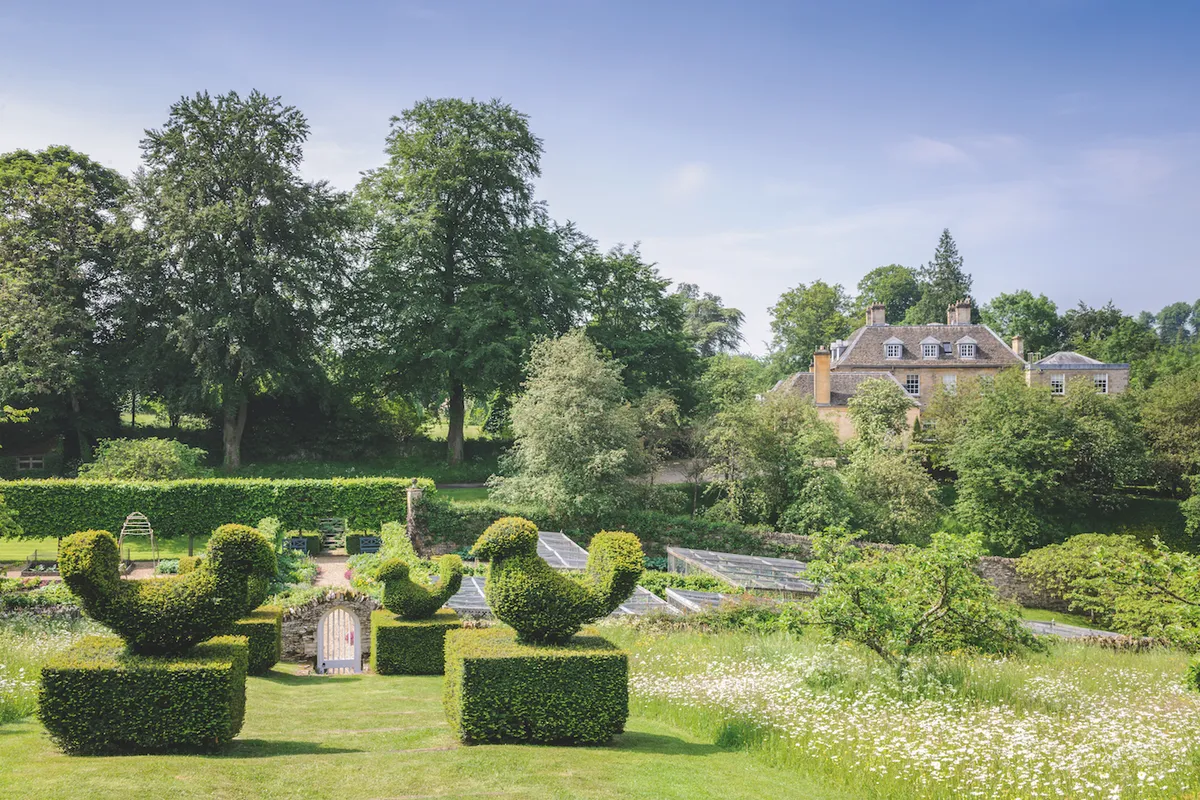
"In this location we have seven months of not brilliant weather so getting shape in the garden is terribly important," explains Emma. "Evergreens are ideal for year-round structure. Yew is wonderful for hedges and topiary. It’s easy to work with – we clip it once a year – and resistant to disease. But I find that too much yew can be depressing so we use hornbeam, beech, lime and box for structure as well. As a unifying factor, I use big topiary pawns throughout the garden wherever paths cross.
Once you get the shape that you want, concentrate on making sure that the plants are very healthy so that they do really well – we mulch everything in winter. We got the two main box diseases about ten years ago and had to take it out of the kitchen garden, where it framed every bed, and from the beds on the terrace. With the remaining box, as soon as it shows any signs of disease we cut out the affected part and then feed it and feed it (we use the fertiliser Topbuxus) and slowly it seems to come back.
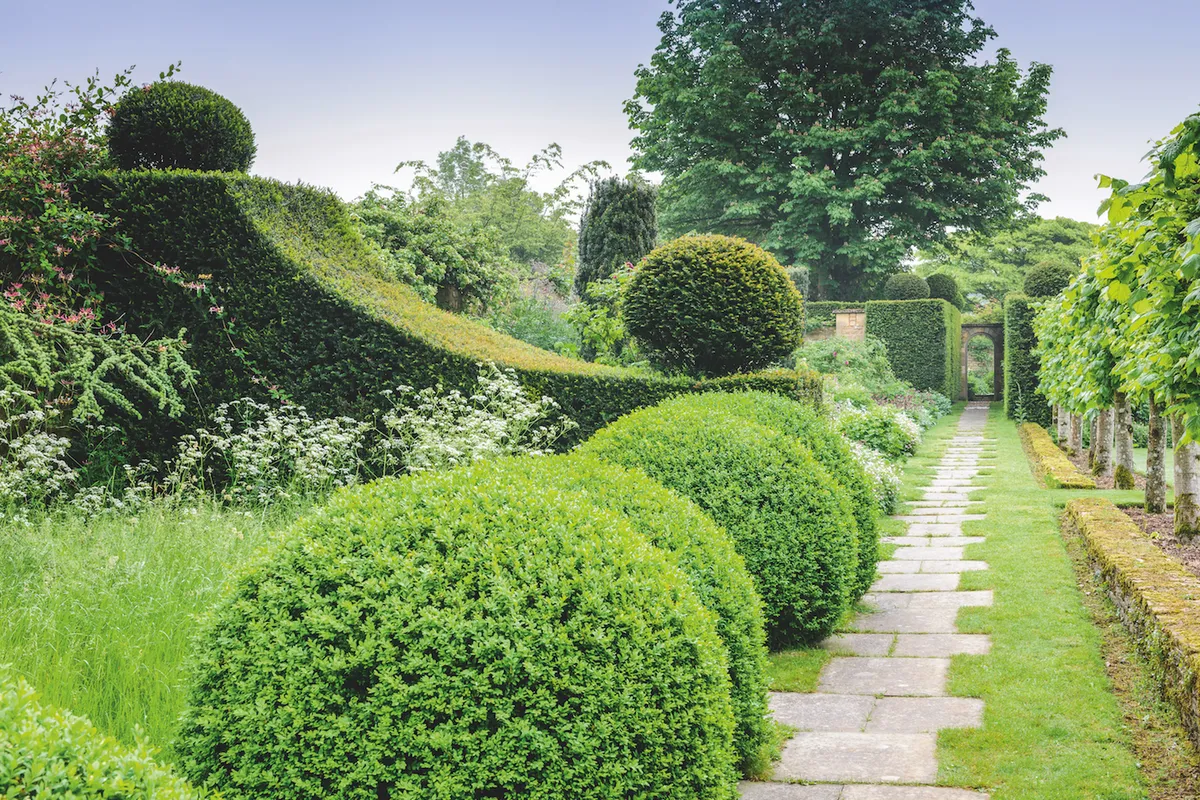

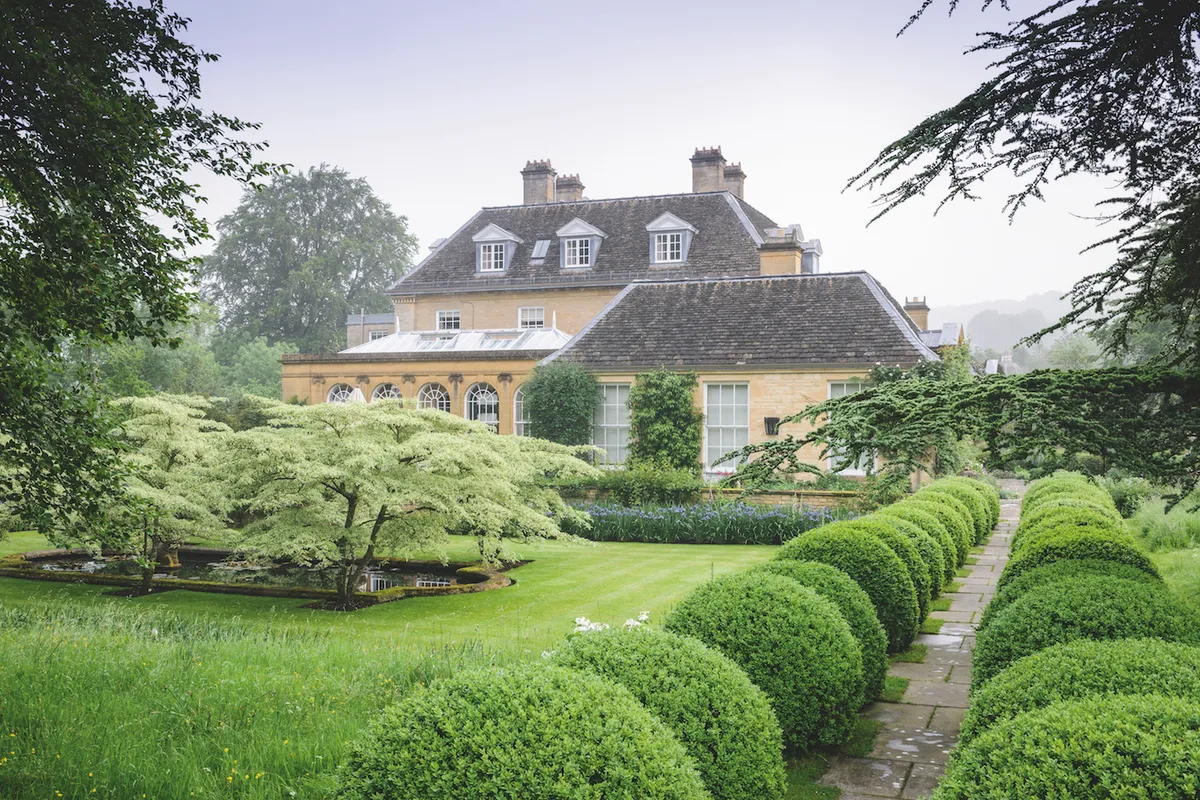
• Useful information
Rockcliffe is in the Cotswolds. It is open for the National Gardens Scheme. Check ngs.org.uk for details.
Words Annie Gatti
Photography Jason Ingram